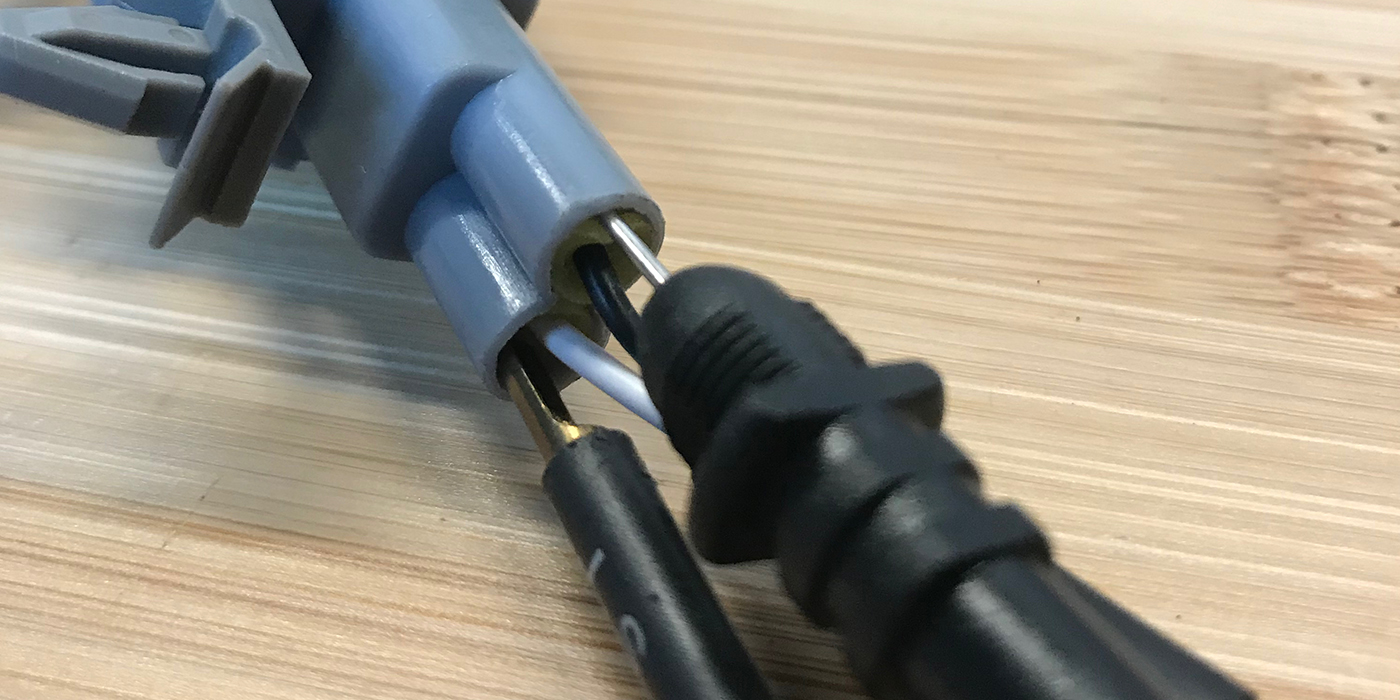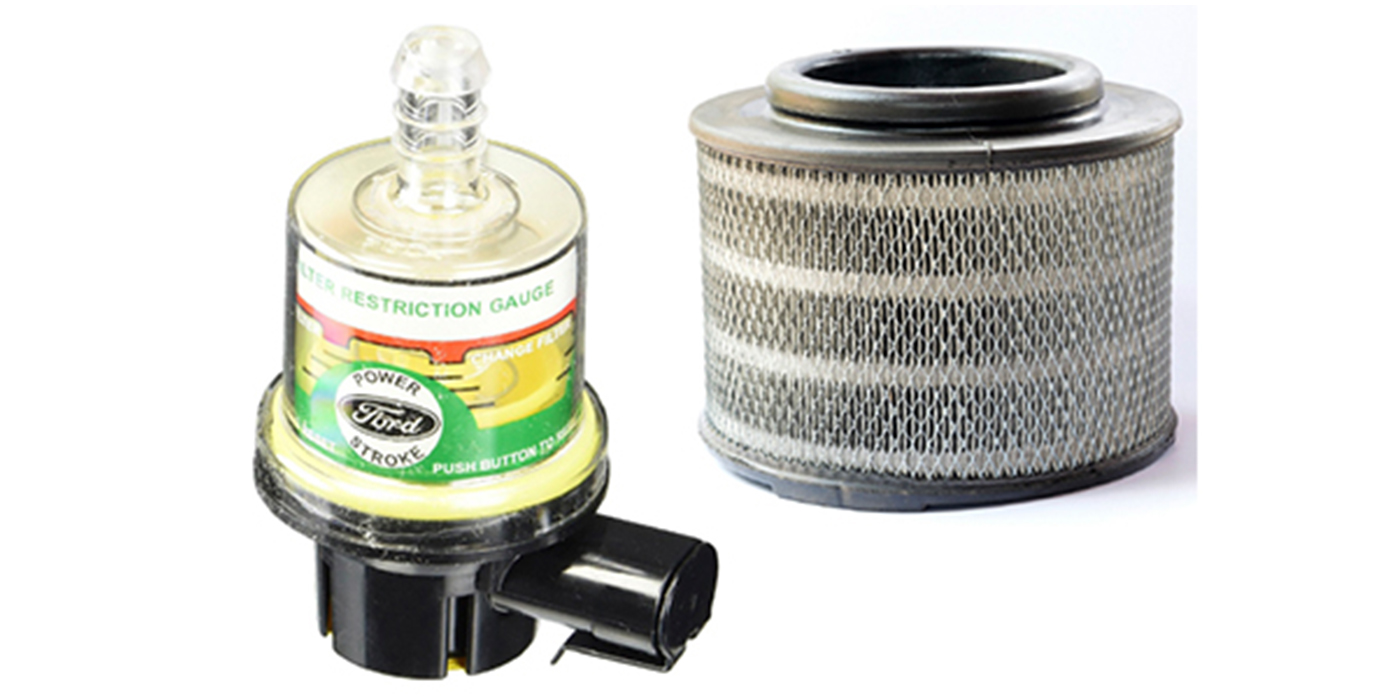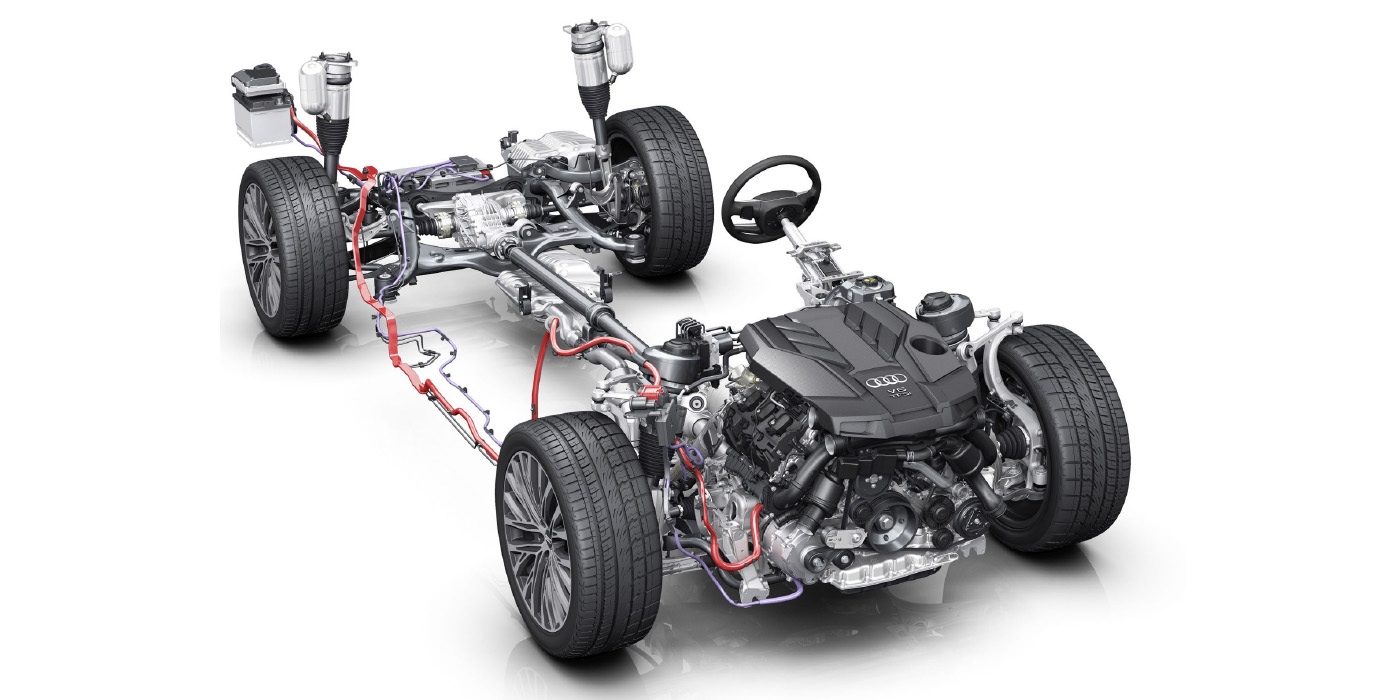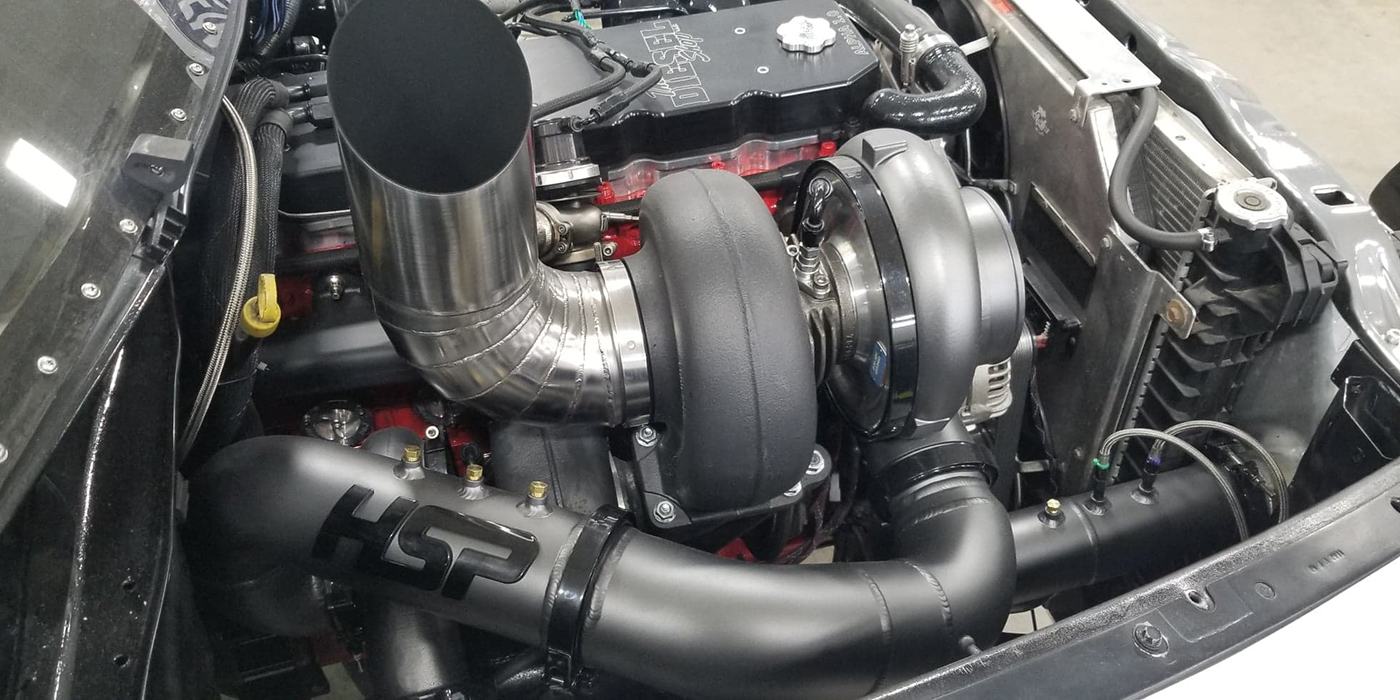Here’s the headline in my local paper, “Construction skills in high demand. Industry intensifies recruiting of high schoolers.” The article goes on to say that many trade groups and employers are actively recruiting high school students to fill the growing need for plumbers, bricklayers, drywallers and other traditional trades.
But it should be no surprise to any of us that these other trades are faced with the same hurdle that we encounter when trying to interest this age group in a career in the auto service world – parents and counselors don’t always see the trades as an attractive option. Does this sound familiar? The U.S. Bureau of Labor Statistics estimates that the construction industry will need to add 190,000 jobs a year each year through 2012 because of natural growth in building projects and to offset retirements from an aging labor pool. Babcox research shows that the automotive industry is also looking to add 100,000 jobs to fill positions in parts stores, collision repair shops, car dealerships, tire stores and shops like yours.
With this demand for techs in mind, Babcox Publications started Tomorrow’s Technician magazine in 2000 to:
Deliver technical information to students about servicing today’s vehicles;
Provide educators with real-world information to supplement classroom assignments; and
Reinforce the student’s decision to seek a career in the automotive industry.
It is this last point where we need your assistance. We would like to relay your thoughts to the students as to why they should continue to pursue a career in the automotive field, and how a shop like yours, or the automotive sector in general, can provide a rewarding, lucrative future for them. Send me an email with your thoughts and we will print them in Tomorrow’s Technician to get your message in front of the students. (To view past issues of the magazine online, visit www.tomorrowstechnician.com.)
We have a captive audience of students with Tomorrow’s Technician magazine who are interested in working at a shop or parts store. Their automotive instructors are some of the best cheerleaders for this industry, and we have a growing list of school counselors who receive the magazine and help position automotive careers in a positive light. But more work needs to be done. Let’s all work together as ambassadors for our industry so we won’t lose these students to another trade that is also competing for their attention.













